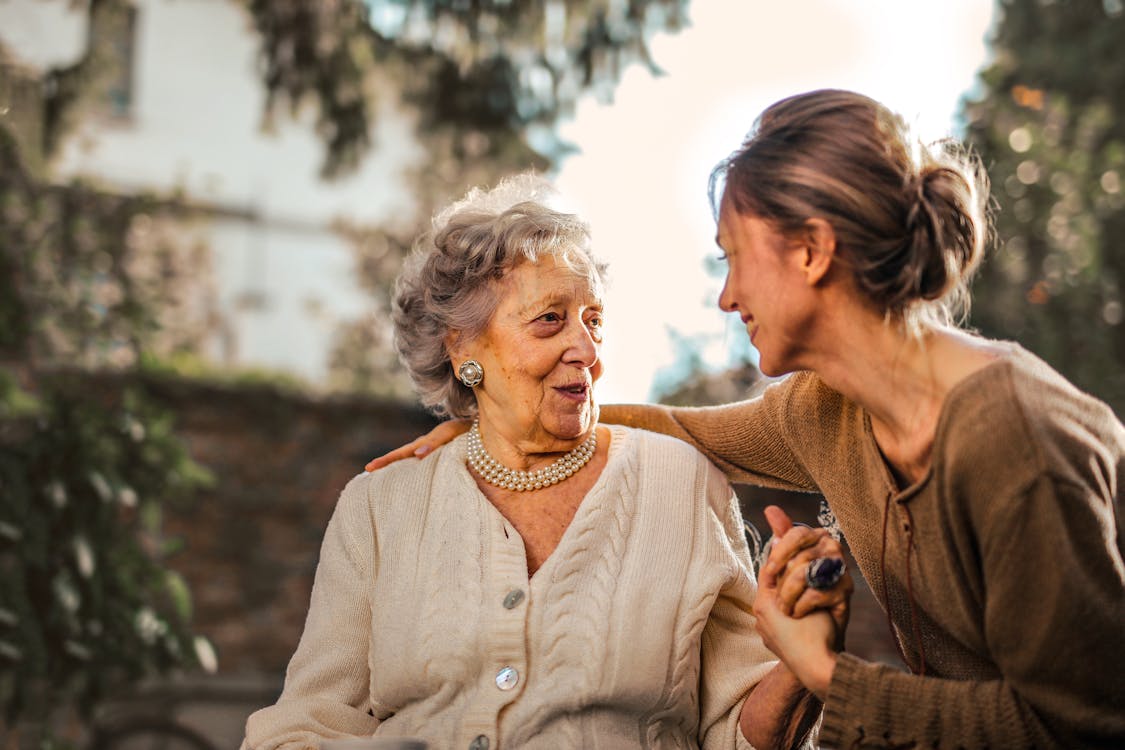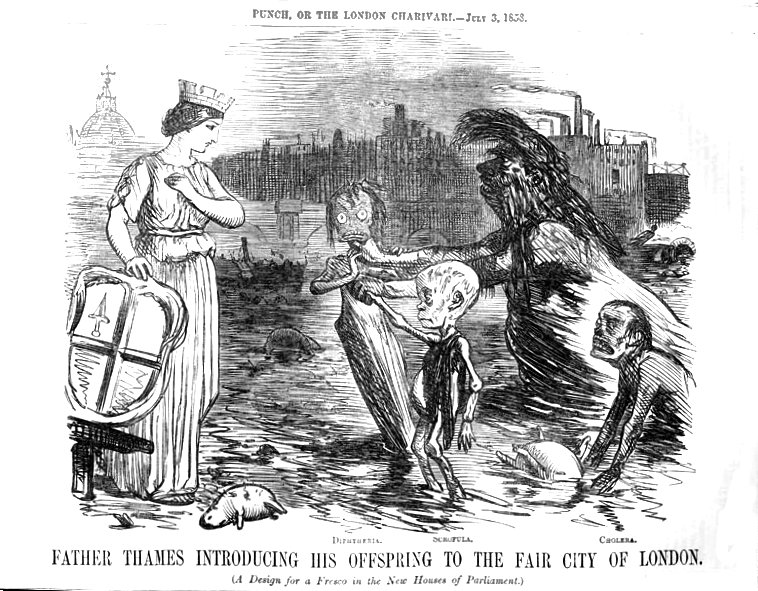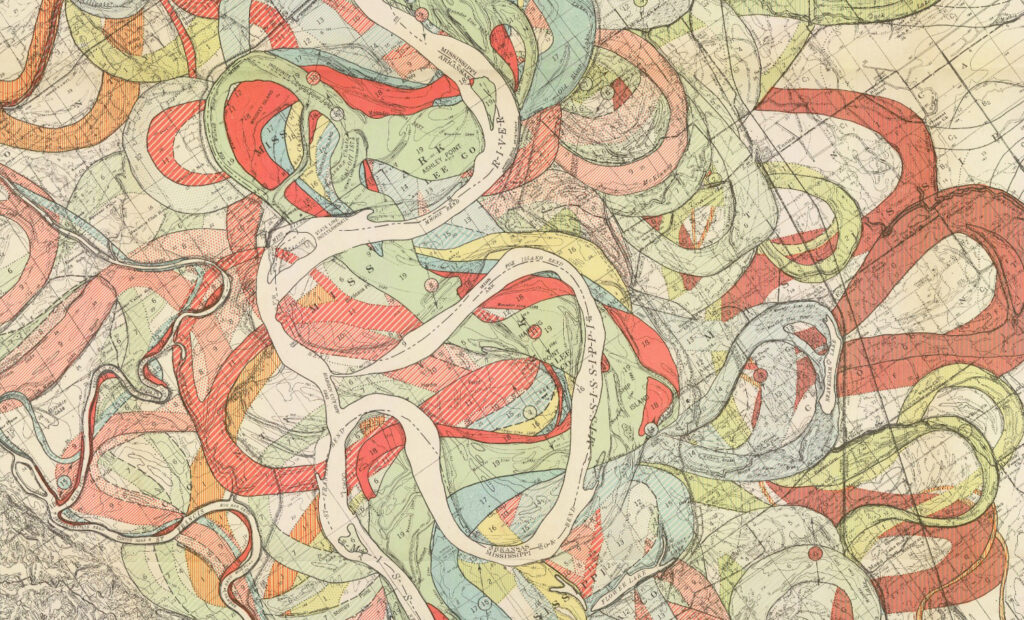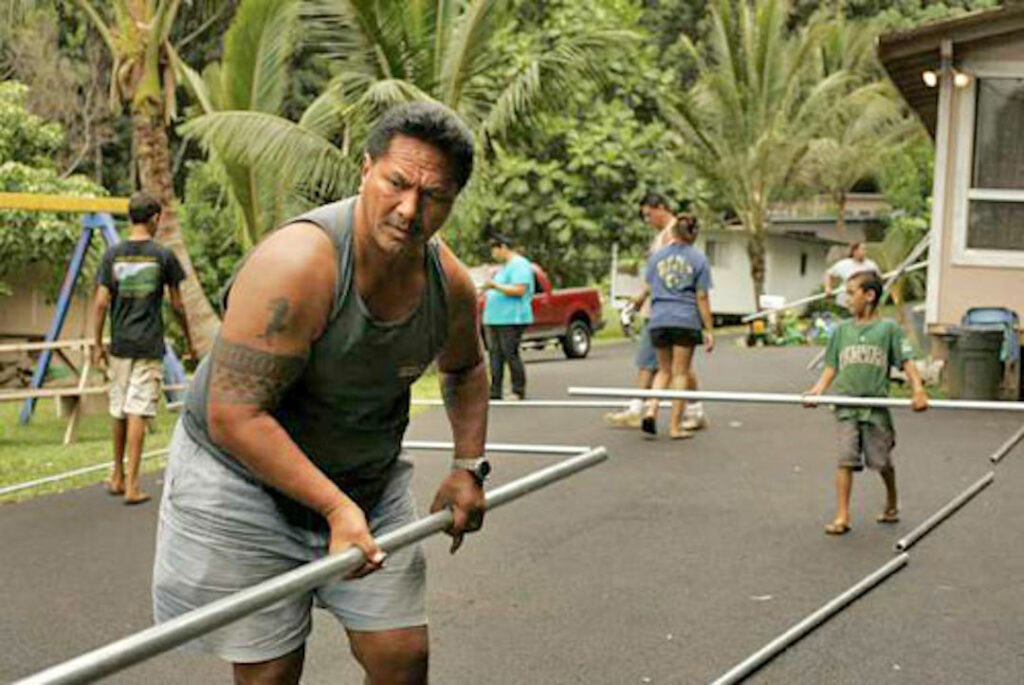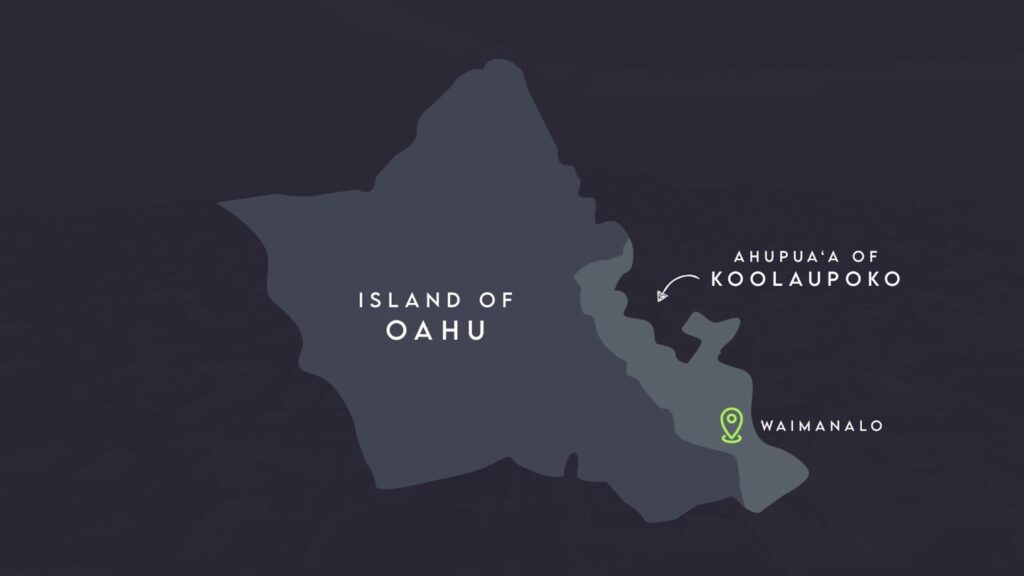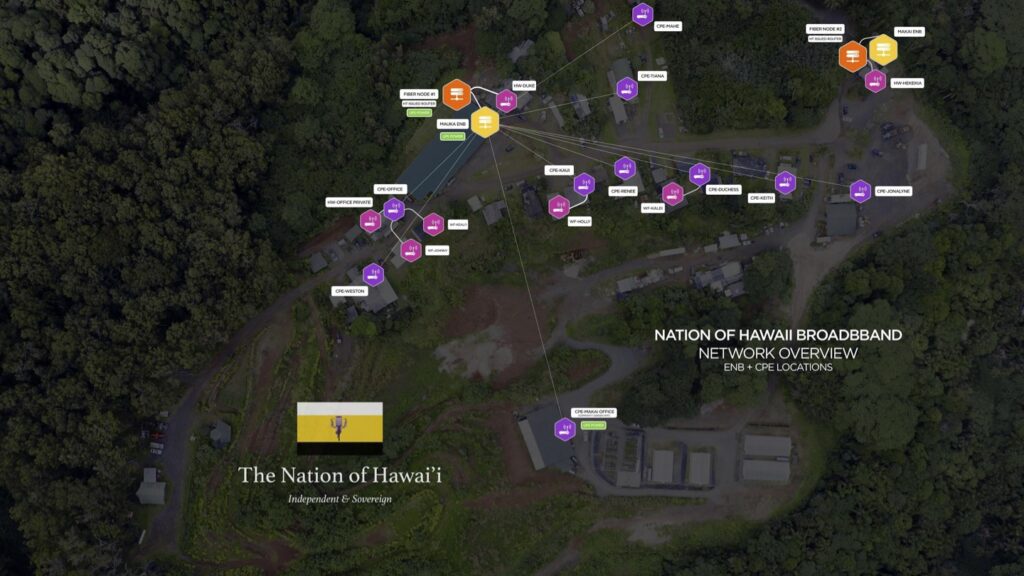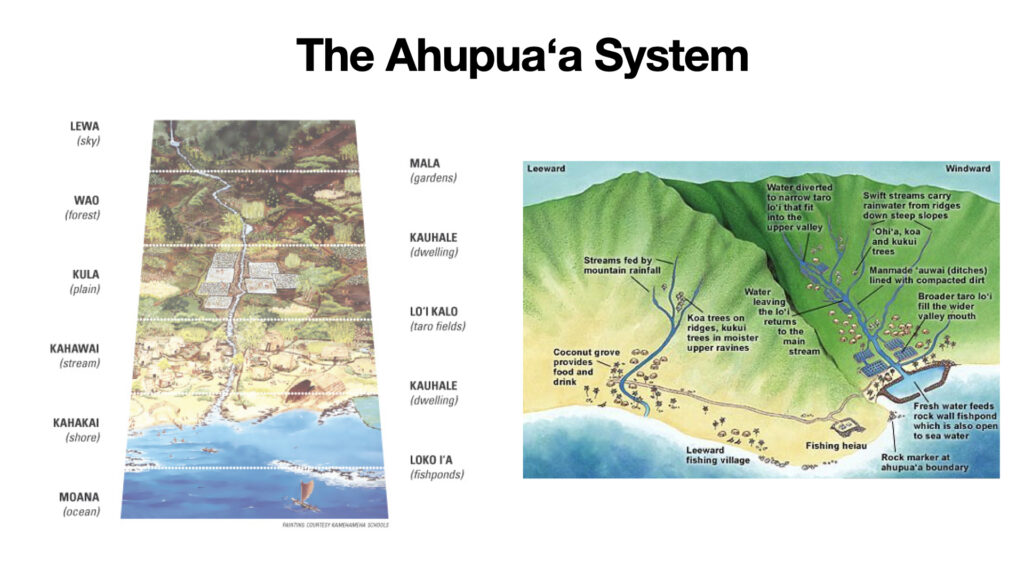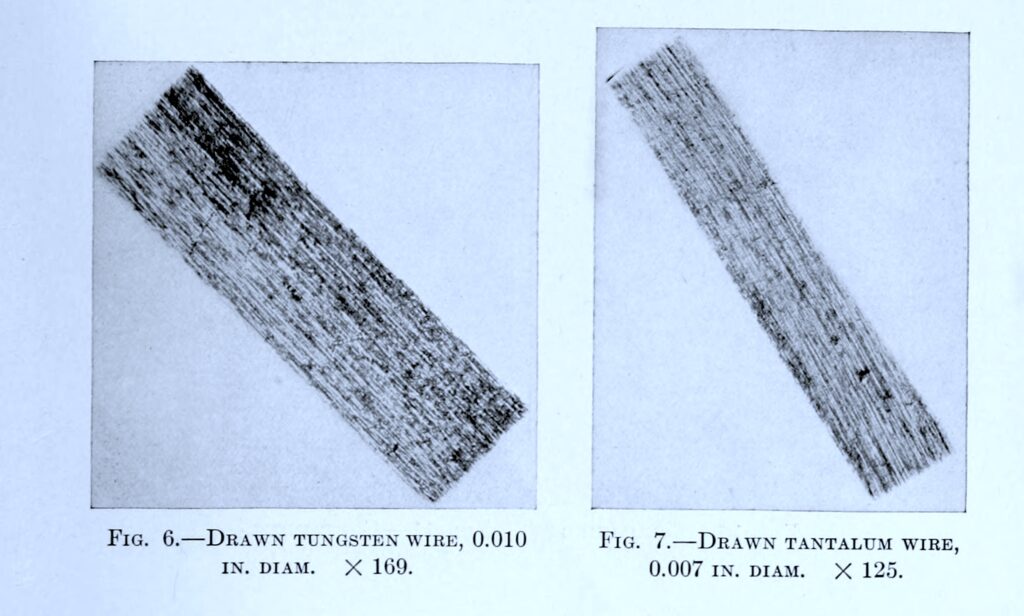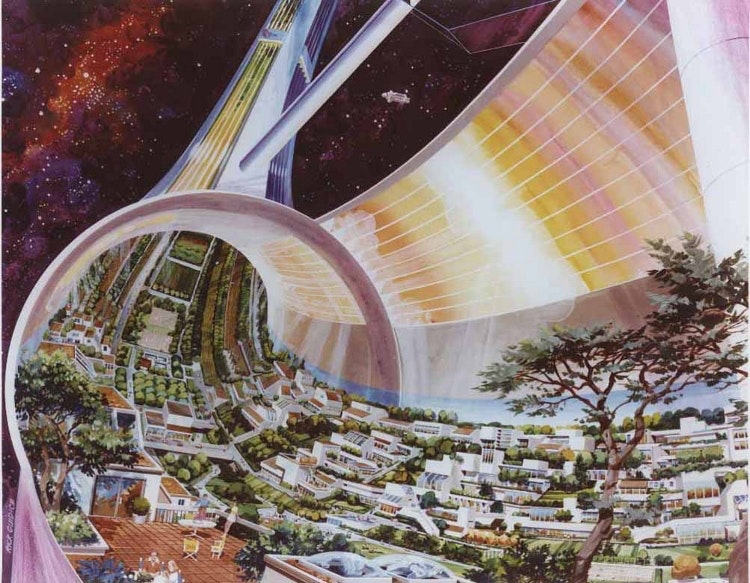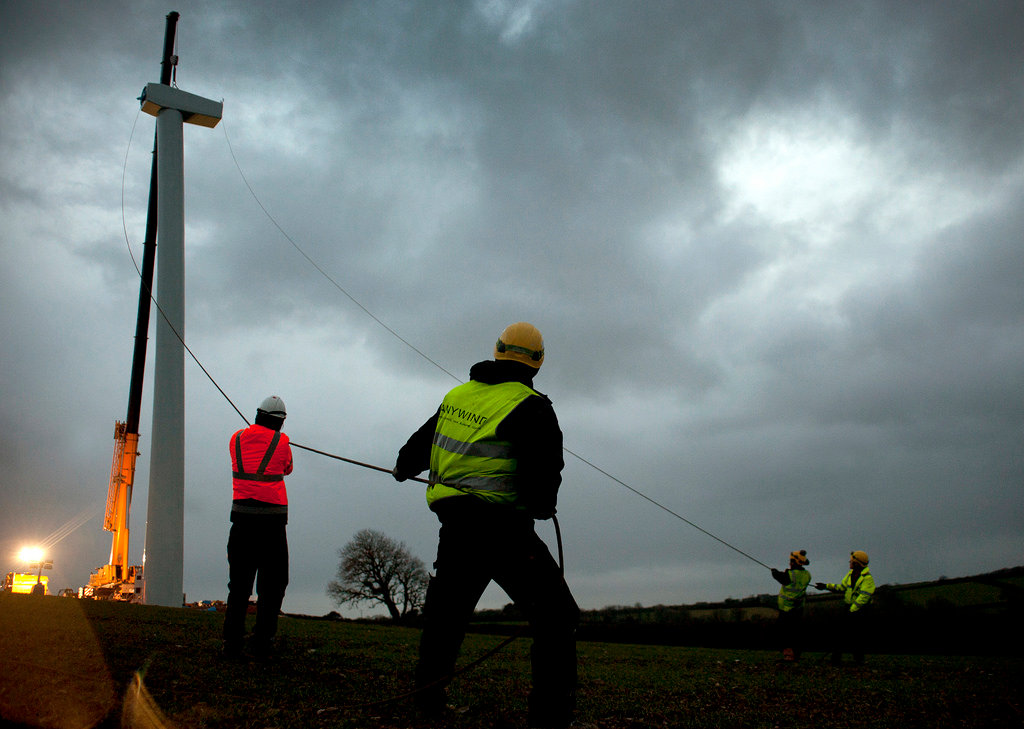
The internet is the biggest machine in the world, and even now, in 2021 it still mostly runs on fossil fuels. That’s because electricity grids still mostly run on fossil fuels. As we learn more about the climate crisis, it’s becoming clear that we need for rapid, far-reaching and unprecedented changes to the systems underpinning our society. This includes the internet.
It’s easy to think about the internet, and it’s constant appetite for electricity, only as a problem contributing to the climate crisis. However, it’s not going away anytime soon, so instead, I think it’s better to explore the role it should play in accelerating our transition away from fossil fuels. In this piece, we’ll cover how we can decarbonise the internet, and how we can use it as a tool to speed our transition towards a more sustainable and humane society.
Understanding How We Power the Internet Now And How It Is Changing
Globally, most of the electricity we use today comes from burning fossil fuels, The internet is no exception.
We dig up fuel, burn it to generate heat, and use this heat to boil water and make steam. This steam turns turbines, which generates the electricity that everything relies on. So, as long as we have fuel, we have control over when we generate electricity.
This control is convenient, but it comes with costs. Burning these fuels is inefficient as most of the energy is wasted as unused heat, but it also puts CO2 into the sky, worsening the climate crisis. On a shorter timeline, the toxins released all along the supply chain kill literally millions of people each year – in some years causing 1 in 5 early deaths around the world.
This is changing though – we are in the middle of a transition from burning concentrated, fossilised fuels like coal, oil and gas for energy, to one where we collect energy instead through renewable sources around us in the natural world.
While there are obvious benefits climate and health wise to this transition, it means the amount we have available is more dependent on the patterns of the natural world around us – night and day, the seasons, the weather, and so on.
Designing Distributed Digital Services for an Internet Transitioning to Renewable Energy
As we move from a wasteful, but conveniently linear dig, burn, use approach, it’s useful to understand how we can take advantage of the changing economics, where we no longer need to pay for fuel once infrastructure is built.
One way we can do this is to apply what we know already about distributed systems to achieve scalability, reliability, and performance, and use it to cope with scenarios where our energy comes from diverse, distributed, and intermittent sources.
Designing for Local Resources: Content Delivery Networks and Distributed Energy
We can see some of these ideas at work when we look at content delivery networks. Netflix is a good example. Instead of relying on one massive data center where all the videos are served to all of its customers, Netflix operates a system of caching servers called OpenConnect, where they serve local copies of the same content to users instead.
Image via ExaMesh Media
Because these servers are specialised for serving copies of data rather than doing anything else, they are much better at it than normal servers – these use around 10% of all the electricity used by Netflix’s digital infrastructure, but serve around 90% of the content we stream from netflix.
The Solar Protocol is an art project taking this idea further – content is still copied across multiple servers, but instead of just taking into account geographic proximity, it also takes into account which locations are the sunniest – and which servers have the greatest reserves of solar energy available to them.
When a server is running low on energy, requests are then routed to the next sunniest location, and so on, and it’s always sunny somewhere.
This shift is comparable to us moving from a single centralised fossil power plant, to one where we rely on multiple distributed wind and solar farms, or batteries feeding into a grid, where the energy is used directly, closer to where it is being consumed. As long as what we’re serving is fungible, many of the ideas we use for serving cached content can be used to help us efficiently serve requests with greener energy too.
Designing for Intermittency: Reliability and Throughput through Redundancy
Distributed services are services that are designed to tolerate individual parts of the system constantly failing, without the entire system going down.
The modern day internet is full of them, and many of the approaches around ‘big data’, popularised by tech giants like Google and Amazon, revolve around splitting big computing jobs into lots of smaller jobs, that can be worked on by smaller, fungible commodity machines, often in parallel. Here a percentage of these smaller jobs are expected to fail, if only because of the sheer scale they operate at. When this happens, these jobs are often migrated to healthier parts of the system to be retried, or iIn some cases the same job might be run in multiple places to begin with – achieving reliability through redundancy.
Again, this echoes how distributed energy grids work, both at a micro-scale, where you expect individual modules on a solar farm to fail and plan accordingly, to a macro-scale, where people deliberately overbuild renewable energy plants to be more sure they will generate as much power as they need, knowing that they will not be able to use all of them all the time. For example, if you have three wind turbines, and you know you can use only 33% of the power they each generate over the year, you might build three of them, so on average, you’ll have around 100% of your needs met.
As the energy is free, there will also be times where you will have three times as much energy available as you originally needed, which you can put to new uses.
In the United states, Lancium take advantage of these cycles of abundance by putting shipping containers full of second-hand servers from large hyperscale tech companies, next to wind and solar farms, and power them with this excess energy. As a result, they’re able to sell the same computing services as bigger tech firms, but 5 times cheaper. This is because they are first saving money on the reused hardware but also the cost of energy, as they can choose to run them when energy is cheapest. In addition, if you are prepared to design your system to handle some jobs failing or being moved to other locations when energy becomes more scarce, the cost goes down further.
In Germany, Examesh does something similar, by putting datacentres into the base of wind turbine towers to use energy when it’s abundant, and sell useful computing services.
Again, once you rethink the underlying assumptions about where power comes from, how much it costs, and how this might change, different ways of designing digital infrastructure become possible.
Designing for Carbon Optimisation: Matching Natural Cycles of Abundance
As digital services have grown more sophisticated, an increasing amount of computation ends up happening in the background, where it’s still important that it happens, but precisely when it happens is less so. These might be jobs to annotate videos with helpful captions, or various other machine learning jobs, simple backups and so on.
Where there’s flexibility about when you can do work, there’s scope to time this work to take advantage of when there’s an oversupply of energy on the grids we rely on, and when energy is particularly cheap (and as we’ve seen before, usually greener than normal).
Google does this through data centres now, where the digital infrastructure responds to the mix of fuels on the grid, and delays jobs until renewable energy is abundant before spinning up machines to work through this stored queue of work.
Building Carbon Awareness into the Internet
However in Switzerland, this idea of carbon awareness is being built into the internet protocols themselves with SCION. Initially conceived of as a security focussed successor to Border Gateway Protocol, the protocol that joins individual networks together to create the internet in the first place, SCION pushes decisions about how to move data around away from individual routers, to the devices at the end instead. This means that instead of sending a packet of data along to the next hop on the network and hoping for the best, with SCION, you can see the possible routes data will take to reach its destination before sending it, and make deliberate routing decisions based on a rich set of criteria.
This was originally designed to allow engineers to route around certain untrusted parts of the internet, or explicitly choose a route that suits your specific use of the network. An example might be a video call for an important meeting – for this you might care about a reliable low latency stream, and prioritise a low latency route that costs more, compared to a more typical use case of downloading video, where cost, or throughput might be more important to you.
This same flexibility also means that it’s possible to choose routes based on how green the path to a destination is too – avoiding regions when the cost of energy is high, and the power is dirty, or where there’s a scarcity of green energy available.
We already have carbon pricing in the energy sector, which increases the cost of running infrastructure on dirty power. As this premium on pollution becomes more visible, you can see how greener routes would be cheaper, as well as less ecologically destructive – so being able to actively choose these when routing would create a virtuous cycle, where greener routes attract more traffic, incentivising a switch to green power.
From an Industrial Mindset to One of Stewardship
When we think about how we might design digital services, in the coming years, we have to move away from a linear, industrial mindset, where we think primarily in terms of dig, burn, use, and where we see the environment as separate from us. In its place, we should move to a mindset based around being an actor in a complex adaptive ecosystem. We should think in terms of stewardship of the natural cycles of abundance and scarcity of resources around us, and this sensibility is something we can build into the internet itself.
Learn More About a Greener Internet
If the idea of a greener, more open, more carbon aware internet is interesting to you, we are currently running a fellowship programme where we build a syllabus of open educational resources aimed at technologists who want to incorporate the ideas of climate justice into their daily practice.
We’re looking for folks to join us on the journey and in particular cross-functional teams interested in working with us to test out and co-design the activities in the syllabus, as we develop them. You can find out more about the programme on our fellowship page, on the green web foundation website.




